Google's Android Event Analysis
by Mithun Chandrasekhar on February 2, 2011 4:26 PM ESTA lot is also happening behind the scenes in Android 3.0. I kept mentioning on the previous page that some of the features from Android 3.0 will eventually make it over to smartphone-versions of Android. This will be enabled because Google is heavily pushing code reusability (or 'fragments' as they called it) with Android 3.0. Not only will this enable features to be easily adapted for future versions of the OS, but features can also be reused between applications. On a related note, Google emphasized that existing Android apps will work on Android 3.0 devices without requiring any code modifications. They used the 'Fruit Ninja' app to demo this. While this is great news for developers who don't want to redevelop the same app for 3.0 devices, what I didn't get a clear answer for was about applications targeted specifically at Android 3.0. From the looks of it, I wouldn't be wrong if I said that in such a case, the developer will in fact have to make two, slightly different versions of the app.
(Top left) YouTube app, (Top right) Google Maps, (Bottom left) stack transitions, (Bottom right) Video chat
Google has also put in place a new graphics engine. Dubbed 'Renderscript', both 2D and 3D graphics are fully hardware accelerated in Android 3.0. This was quite visible in the demos and hands-on where the Xoom easily transitioned between screens and applications without much trouble. The bookstore, YouTube and Google Maps applications seemed to make the best use of the new engine. Speaking of Maps, Android 3.0 does come with a new version of Google Maps. Apart from bringing in features such as check-in, another big feature is better map caching. Although the intial impression given to me was that it is a valid enough alternative to offline mapping (where map data is stored in local memory), upon testing I realized that it very much needs an active data connection of some sort to work. It's just that because of better vector data compression, the application can now better cache areas around the one you are browsing. In my experience, it was a couple of blocks in each direction at best.
Android 3.0 builds upon the 'Stagefright' media framework introduced in Android 2.2. With the more robust rendering engine running underneath, the framework is able to make good use of the underlying hardware and includes features such as HLS (HDTV Live Streaming), built right into the OS. A demo of the CNN app streaming a live video feed was shown, although in all honesty, the quality was worse than standard YouTube videos. Video chat functionality is also now included as a part of Android 3.0.
(Left) Live video stream in the CNN app (Right) Great Battles : Medieval
Google did also show a couple of game demos, including one of a direct XBOX 360/Playstation 3 port. Although Monster Madness (War Drum Studios) was impressive in that it was (supposedly) a direct port of a current-gen console game, it wasn't particularly impressive in itself. Another game, Great Battles : Medieval looked more impressive and was definitely playable, but I could still pick up not-so-smooth transitions while panning and zooming. Nevertheless, it seems like both the game and Android 3.0 were in their 'near-final' forms.
Final Impressions
Honestly, I came a bit disappointed from the event today. But that was more because of the fact that I had very high expectations off of it, than the event being a let down in itself. Another reason may have been that Google had already gone about trumpeting Android 3.0 and the Xoom earlier on at CES, not leaving a lot to the imagination for today's event.
That being said, Android 3.0 does mark a very important milestone for Google. Although always having been feature rich, usability was never one of Android's forte and you had to be a bit of a geek to try and figure your way around some it. But with version 3.0, Android has finally moved into the current-gen of mobile operating systems when it comes to usability and cloud integration. It seems like Google has done its homework and has set the stage up quite well for itself for a real entry into the tablet arena.



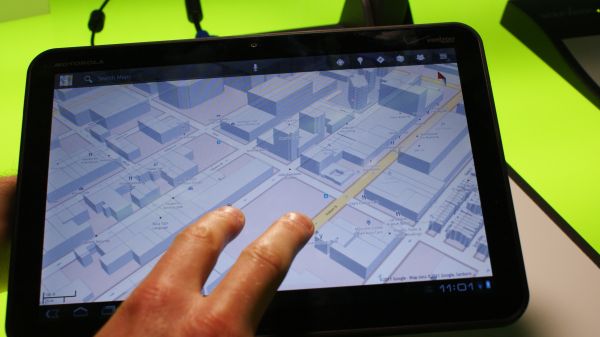
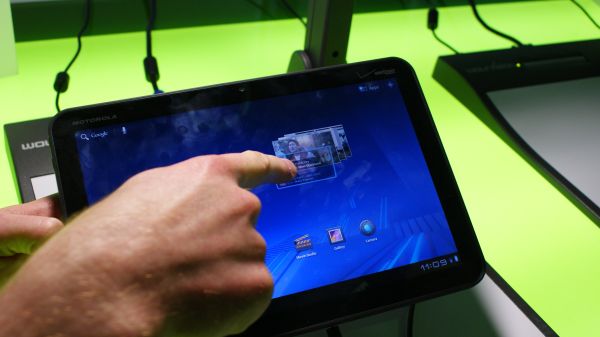
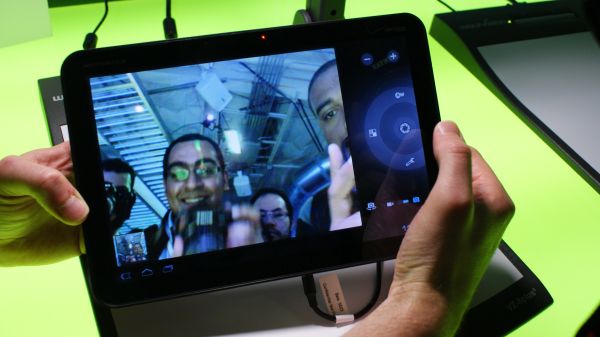
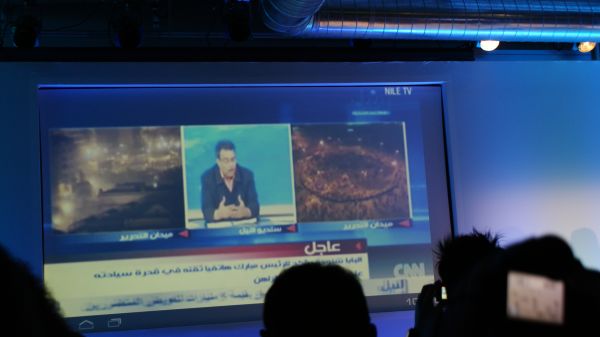
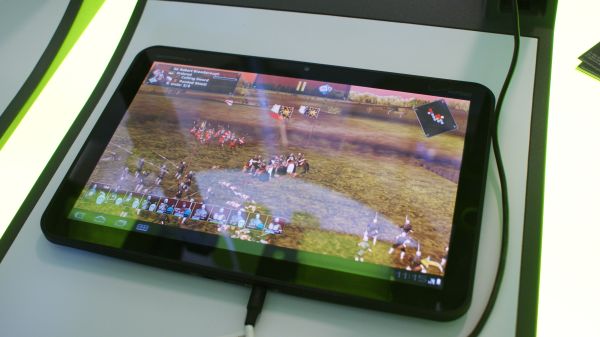








22 Comments
View All Comments
banvetor - Thursday, February 3, 2011 - link
I'm sorry, but this does not tell me much... I was really hoping for Android 3.0 having the usability improvements that apparently it does, but I would very much like it on my smartphone, even because I don't plan on buying a tablet anytime soon.Anyway, I was even considering a Nexus S right now with the hope that it would soon be updated to 3.0, and have all the improvements... but I guess I will now wait for Google's confirmation of what's in fact coming to smartphones!
One final note: it just seems weird that they will "forever" keep smartphones on 2.x and tablets on 3.x... just a thought.
ET - Thursday, February 3, 2011 - link
My guess is that they'll merge them in version 4. I don't expect any current (or near future) phone to ever get more than 2.x. But that's just my guess. As you say, it's a good idea to wait for announcements of future phone OS versions, if that's what's holding you from buying a phone. I'll probably buy one anyway and stay behind on 2.2.BigToque - Thursday, February 3, 2011 - link
I think it would be silly to keep the two separate. Both the smartphones and tablets are sufficiently similar.I think a good approach is to possibly market two different versions of the same thing and just change how the system is tuned. (Similar to the way Windows works with the desktop/server versions of the OS)
wolfman3k5 - Wednesday, February 2, 2011 - link
This is just the beginning, but Google is branching out into the pharmaceutical and health care industries as well. Google has just acquired the cosmetology division of Procter & Gamble, dubbed "Pharma One", which specializes in hair growth products. This is just as small step in a new direction. Right now Google is only probing, like they always do. I'm bringing this up because I know that Anand has been looking for a decent hair growth product, and now here it is: it's called OneShu by Pharma One which is now owned by Google. From what I have read, OneShu grows thick - long lasting new hair, and there is also an APP now for Android that tracks hair growth.bplewis24 - Thursday, February 3, 2011 - link
lol...Shadowmaster625 - Thursday, February 3, 2011 - link
Why is it such a pita to get offline map browsing. It's like they go out of their way to prevent you from accessing data that is already stored on your own device. On a windows notebook I can get it to work for a while. But eventually it just "decides" on its own to stop working, even though the 2 gigs of map data is still taking up space on my hard drive.xype - Thursday, February 3, 2011 - link
Scout's promise, the next version will be awesome!It's ugly and it's chaotic and it's been pushed out the door way too fast way too often. Apart from the geekier crowd (who'll either hate or love it with a passion), it will be interesting to see how Android will develop overall.
Somehow I have the feeling that Android will be an iOS Killer™ in the same way that a multitude of random MP3 players were an iPod Killer™.
bplewis24 - Thursday, February 3, 2011 - link
What planet were you living on before you arrived here yesterday?Griswold - Thursday, February 3, 2011 - link
It must have been Planet of the Fools.B3an - Thursday, February 3, 2011 - link
Android is now the biggest selling phone OS in the world after it recently overtook Symbian, the previous king. It overtook iOS some time ago.And it's sales increase is still happening faster than ever, within the next 18 months it will completely dominate iOS.